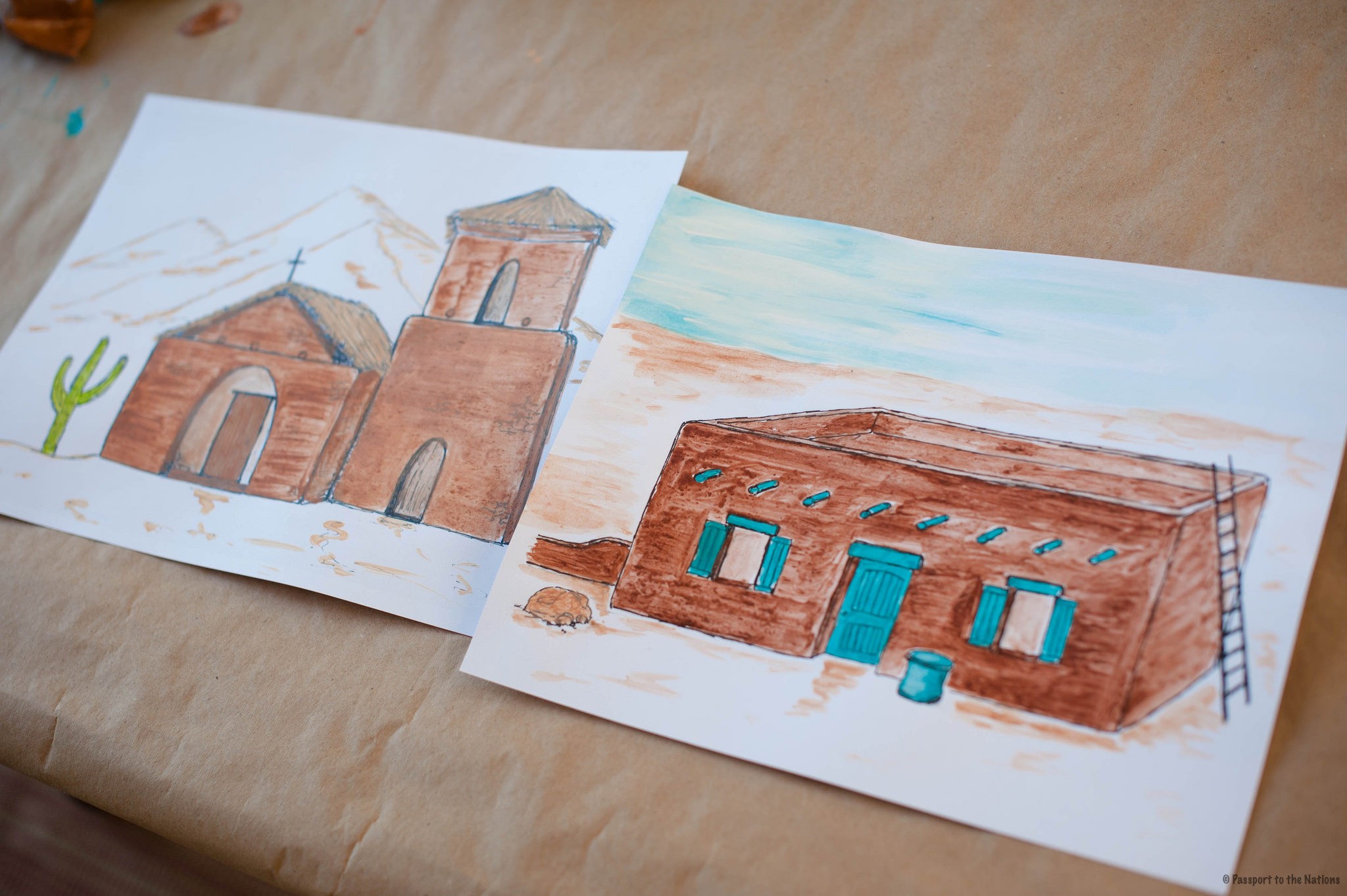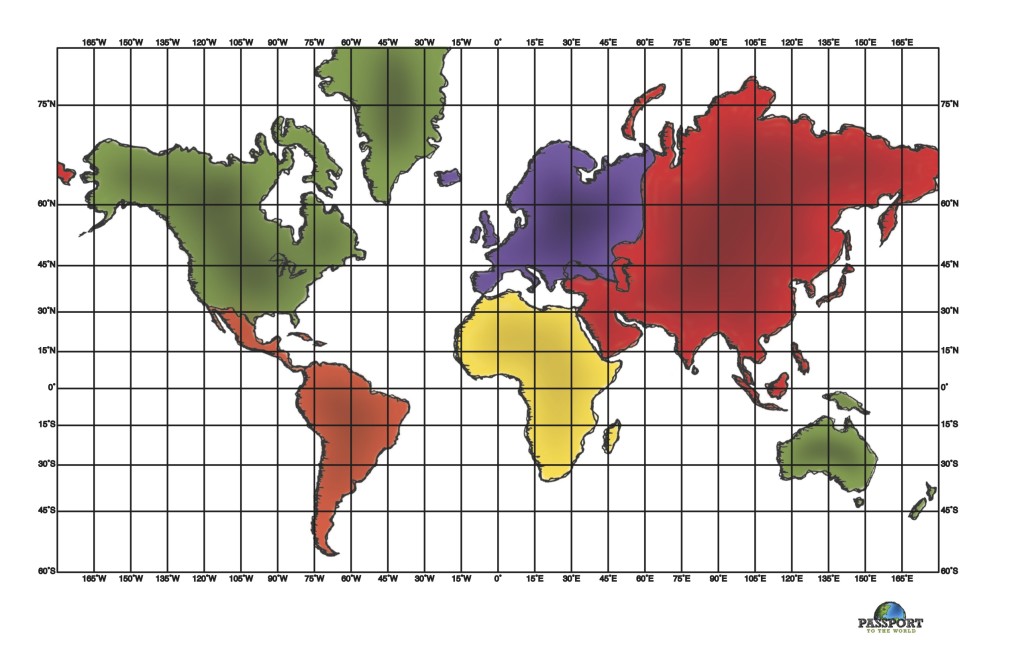As the poncho is to Mexican clothing, the adobe house is to Mexican architecture. Adobe is a Spanish word meaning “mud brick”. Adobe is an iconic building material developed out of necessity. In areas of low rainfall where trees are scarce, people had to get creative in finding building materials in order to create shelter for themselves. For hundreds, even thousands of years, people have been using clay and a mixture of straw and/or sand, to build appropriate shelters. The clay was first used to build houses by packing the adobe mixture over sticks. Later, after the Spaniards introduced the idea of making bricks, this became the primary method for making adobe homes.
Mixtures vary depending on the area where the adobe is being made, the type of soil that is available, and the adobe’s use, but a general “recipe” includes:
- Dirt or clay
- water
- sand
- straw
The dirt/clay and water are mixed together until thick and sludgy. Sand is added for texture and straw is used as a binding agent to keep the bricks from cracking. Once the adobe is mixed appropriately, it is placed in brick forms. Once the adobe is packed in smoothly, the forms are removed and the adobe bricks are left to dry for approximately one week.
Adobe has excellent insulative properties. As a result, adobe is useful in a wide range of climates. For example, adobe homes are excellent for keeping out the cold air in the winter time in the cold mountain regions of the Sierra Madre and Andes Mountains. The thick walls also help keep a home cool against the dry desert heat in other areas of Mexico and South America. As a result, the homes will often have a door and only a small window or two in order to better control the inside temperature of the home.
In this project, we’re going to mix together some “adobe” and paint an example of a traditional adobe house or church.
Materials
To make a sample of adobe paint you will need the following for each student:
- snack-sized Ziploc bag
- 1 spoonful brown Air Dry clay
- 1-2 Tablespoons water
- 1 teaspoon sand
- 1 teaspoon sawdust
Place clay, sand and sawdust in a ziploc bag.
Add water.
Seal bag and knead or massage until clay is dissolved and “ingredients” are well mixed.
For the Adobe House painting you will need:

- Download Adobe house template and print on white cardstock
- turquoise and white tempera paint
- homemade Adobe paint (above)
- paintbrush
- cup of water for cleaning brush
- completed Adobe house example
Begin by dipping paintbrush in ziploc containing mud paint. Cover surface of house with mud paint.
Using turquoise tempera paint, add color to shutters, door, and wood ceiling support beams.
Turquoise and white paint can be used to paint the sky and more adobe paint can be used on the land.
For Adobe Church painting you will need:

- Adobe church template, printed on white cardstock.
- green and tan tempera paint
- homemade Adobe paint (above)
- paintbrush
- cup of water
- completed Adobe church example
Again, begin by dipping paintbrush in ziploc holding adobe mud paint. Paint surfaces of church.
Add water to paintbrush to water down the mud paint consistency and then paint in the shadows of the doorways with the watered down paint.

Use the tan paint to paint the dirt and highlight areas of the mountains.
Paint the cactus green.
This is such a fun, authentic, educational two-for-the-price-of-one project: 1) make the adobe mud and then 2) paint with the adobe mud. Hard to beat learning while playing with mud!
HOW TO SIMPLIFY or ADAPT THIS PROJECT:
Instead of beginning with clay and water, begin with tan or brown paint. This one step will significantly simplify this project. And while the sand and sawdust steps were included for “authenticity” in the process of making our own adobe, these ingredients can be eliminated as well. Simply painting the adobe structures will still be a fun, meaningful and satisfying project.
























